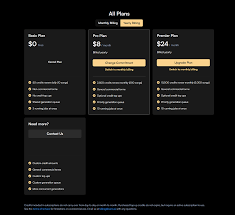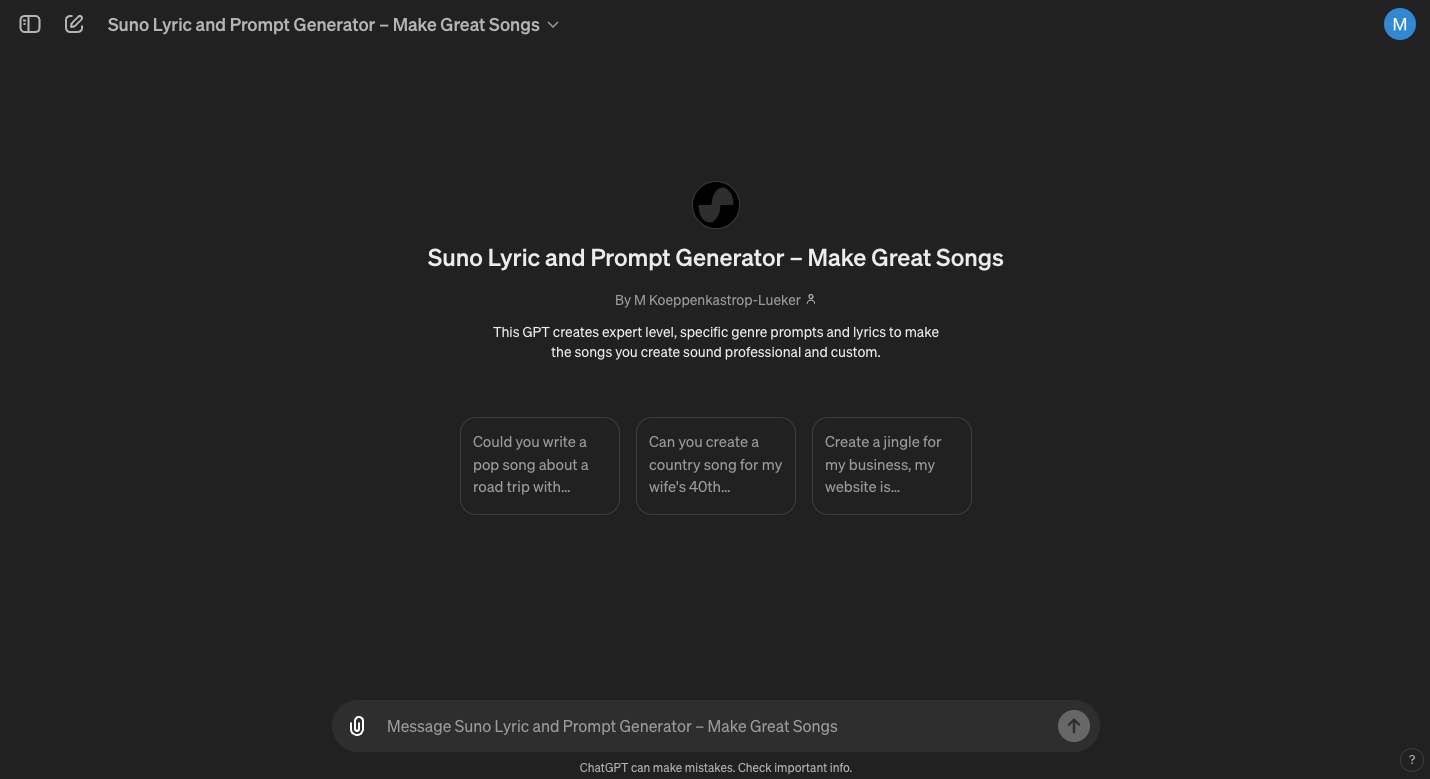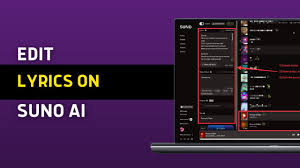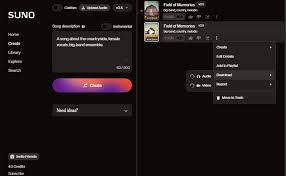Introduction:
If you’re curious about AI-driven music composition, OpenAI’s Musenet and AudioCipher are two powerful tools worth exploring. While Musenet excels at generating complex, multi-instrumental compositions, AudioCipher brings an innovative twist—allowing you to turn words and phrases into melodies. But how do these tools work together? In this guide, we’ll walk you through exactly how to use OpenAI Musenet with AudioCipher to create AI-generated music based on your own text inputs.
This step-by-step tutorial will not only show you how to blend these tools creatively, but also help you understand how they complement each other in producing original, high-quality MIDI compositions.

What Is OpenAI Musenet?
OpenAI Musenet is a deep neural network capable of generating music with up to 10 instruments and in styles ranging from classical to contemporary pop. It was trained on a wide variety of MIDI files, making it proficient at understanding musical structure, rhythm, and harmony.
Musenet can create multi-track MIDI files that resemble the style of well-known composers or genres—perfect for experimentation and creative prototyping.
What Is AudioCipher and What Makes It Unique?
AudioCipher is a plugin (available for VST3, AU, and standalone use) that converts words into MIDI melodies. Think of it as a musical encoder—type in a phrase, and it turns your message into a unique sequence of notes based on a chosen key and rhythm pattern.
This is especially useful for:
Film composers looking to embed secret messages
Songwriters needing melodic inspiration
AI enthusiasts exploring generative music
Why Use Musenet and AudioCipher Together?
The magic happens when you use AudioCipher to generate a melodic motif from your own phrase (e.g., “OpenAI powers creativity”) and then import that MIDI into Musenet for further orchestration.
Here’s what this combination enables:
Customizable input: Your text becomes a melody.
Multi-instrument expansion: Musenet turns that melody into a rich, layered composition.
Creative control: You define the emotional and musical tone from the start.
Step-by-Step: How to Use OpenAI Musenet with AudioCipher
1. Install AudioCipher
First, download AudioCipher from AudioCipher.com and install it as a plugin in your DAW (like Ableton Live, FL Studio, or Logic Pro). You can also use the standalone version.
2. Enter Your Text Prompt in AudioCipher
Open the AudioCipher interface, type in your phrase (e.g., “Dream big”), and choose:
A musical key (e.g., A minor)
Rhythm complexity (quarter notes, eighth notes, etc.)
Tempo (BPM)
Click Generate MIDI and export the result.
3. Prepare the MIDI File
Once the melody is generated and exported from AudioCipher, make sure to clean up any quantization or note overlaps in your DAW if needed. This helps Musenet interpret the melody more clearly.
4. Import to OpenAI Musenet
Although OpenAI discontinued public access to Musenet in 2023, you can still interact with Musenet-style models via Hugging Face or other community-run interfaces. Import your AudioCipher MIDI file into one of these tools.
Examples of Musenet forks available:
MuseFlow
Upload the MIDI to your chosen Musenet-compatible environment and select parameters such as:
Instrumentation
Genre/style (e.g., jazz, orchestral, EDM)
Composition length
5. Generate and Edit
Musenet will expand your initial melody into a full song, using your input as the musical DNA. Once the output is generated, download the result as a new MIDI file.
Back in your DAW, you can now tweak instruments, dynamics, and structure to personalize the track further.
Real-World Use Cases
Content creators: Compose background scores based on your video titles or brand slogans.
Game developers: Generate dynamic themes for in-game storytelling.
Students and educators: Teach harmony, melody, and composition using AI-generated content.
Audio Quality Tips
Always post-process the MIDI output with professional sound libraries for realistic playback (e.g., Spitfire, Kontakt).
Consider layering Musenet output with your own instrumentation for a hybrid sound.
Use AudioCipher-generated melodies as hooks or intros, letting Musenet handle the full-body orchestration.
FAQs:
Q1: Is AudioCipher free?
No, AudioCipher is a paid plugin, though it offers a free trial with limited features.
Q2: Can I use OpenAI Musenet directly on openai.com?
As of now, Musenet is not directly available on the OpenAI platform. However, Musenet-style capabilities can be accessed through third-party platforms or open-source forks.
Q3: What file format does AudioCipher export?
It exports in standard MIDI format (.mid), compatible with all major DAWs and Musenet environments.
Q4: Can I generate lyrics too?
AudioCipher focuses on melody from text. For lyrics, you’d need tools like ChatGPT or Sudowrite.
Conclusion: The Future of Text-to-Music Is Here
By combining AudioCipher and OpenAI Musenet (or their equivalents), you get the best of both worlds—semantic control and musical depth. Whether you're a professional composer or an AI music hobbyist, this workflow offers a powerful way to turn words into sound. It’s no longer science fiction—you can literally compose from thoughts.
Learn more about AI MUSIC








